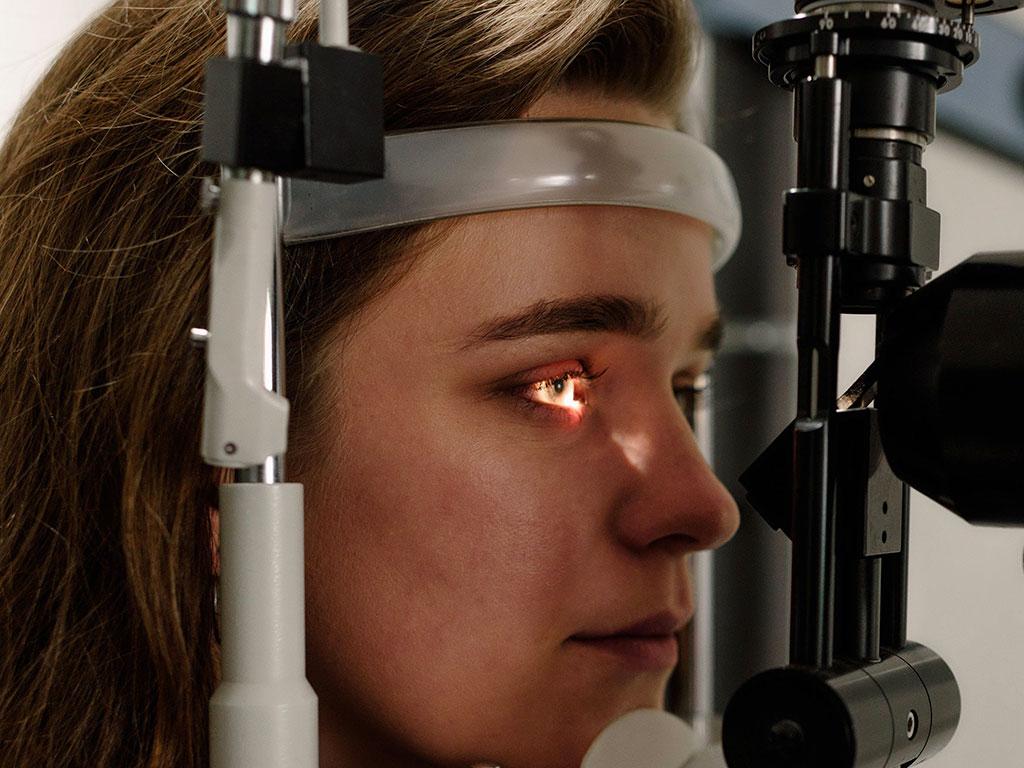
Understanding Refractive Errors: A Comprehensive Guide to Vision Problems
The human eyes are remarkable sensory organs, responsible for transmitting visual information to the brain. However, vision problems can arise when there are errors in the way light is focused inside the eye. These errors, known as refractive errors, can lead to conditions such as myopia (near-sightedness), hyperopia (far-sightedness), astigmatism, and presbyopia. Understanding these refractive errors is crucial for maintaining good eye health and seeking appropriate treatment. In this comprehensive guide, we will delve into the causes, symptoms, and treatment options for each of these vision problems.
Near-sightedness: Myopia
One of the most common refractive errors is myopia or near-sightedness. With myopia, the eyes focus images in front of the retina instead of directly on it. This causes distant objects to appear blurry, while nearby objects remain clear. Myopia often develops in childhood and can be influenced by genetic factors. However, modern lifestyle habits, such as the increased use of handheld devices and computers, have been linked to the rising prevalence of myopia. Regular eye exams are essential for early detection and monitoring of myopia, especially for children with a family history of the condition.
Treatment for myopia typically involves the use of corrective lenses, such as glasses or contact lenses. In some cases, refractive surgery options like LASIK (Laser-Assisted In Situ Keratomileusis), Photorefractive keratectomy (PRK), or EVO Implantable Collamer Lens (ICL) may be considered. These procedures reshape the cornea to correct the refractive error and improve vision.
Farsightedness: Hyperopia
Hyperopia, or far-sightedness, is the opposite of myopia. With hyperopia, the eyes focus images behind the retina instead of directly on it. This causes nearby objects to appear blurry, while distant objects may remain clear. Hyperopia can be present from birth but may improve as the eyes grow during childhood. However, some individuals may continue to experience symptoms of hyperopia into adulthood. Regular eye examinations are crucial for diagnosing and managing hyperopia, especially in individuals who experience eye strain or difficulty with close-up tasks.
Correction of hyperopia can be achieved through the use of glasses or contact lenses that help focus light properly on the retina. In some cases, refractive surgery, such as LASIK or PRK, may be recommended to reshape the cornea and improve vision.
Astigmatism: An Irregular Cornea
Astigmatism is a refractive error that occurs when the cornea or lens of the eye has an irregular shape. This irregularity prevents light rays from focusing properly on the retina, resulting in blurry or distorted vision. Astigmatism can occur alone or in combination with myopia or hyperopia. It is generally present from birth but may not be recognized until later in life. Regular eye examinations are essential for detecting and correcting astigmatism.
Astigmatism can be corrected with glasses, contact lenses, or refractive surgery. The choice of treatment depends on the severity of astigmatism and the individual’s preferences.
Presbyopia: Age-Related Decline in Near Vision
Presbyopia is a common vision problem that occurs with age. It is characterized by a gradual loss of the eye’s ability to focus on close-up objects, such as reading material. Presbyopia typically starts around the age of 40 and is caused by a natural age-related decline in the flexibility of the lens inside the eye. As the lens becomes less flexible, it becomes more challenging to focus on near objects.
The most common treatment for presbyopia is the use of reading glasses or bifocal/multifocal lenses. These lenses provide clear near vision while allowing for distance vision as well. Other options include monovision contact lenses, which correct one eye for distance vision and the other for near vision, and refractive surgery procedures like LASIK or PRK.
Other Vision Problems: Eye Diseases and Conditions
While refractive errors are the most common vision problems, other conditions can affect the health and function of the eyes. These conditions include retinal detachment, macular degeneration, cataracts, diabetic retinopathy, glaucoma, amblyopia (lazy eye), and strabismus (crossed or out-turned eyes). Each of these conditions requires specific management and treatment approaches.
-
Retinal Detachment: Retinal detachment occurs when the retina becomes separated from the underlying tissue. It is a medical emergency that can lead to permanent vision loss if not promptly treated. Risk factors for retinal detachment include extreme near-sightedness, previous eye surgery or injury, and a family history of the condition.
-
Macular Degeneration: Age-Related Macular Degeneration (AMD) is a progressive eye disease that affects the macula, the central part of the retina responsible for sharp, central vision. AMD can cause blurred or distorted vision and can lead to severe vision loss. Regular eye exams and early detection are crucial for managing AMD and preserving vision.
-
Cataracts: Cataracts occur when the lens of the eye becomes cloudy, leading to blurred or hazy vision. They are a common age-related condition and the leading cause of blindness worldwide. Cataract surgery, the most frequently performed surgery globally, involves removing the cloudy lens and replacing it with an artificial lens.
-
Diabetic Retinopathy: Diabetic retinopathy is a complication of diabetes that affects the blood vessels in the retina. It can lead to vision loss if left untreated. Proper management of diabetes and regular eye exams are essential for early detection and treatment of diabetic retinopathy.
-
Glaucoma: Glaucoma is a group of eye diseases characterized by damage to the optic nerve, often caused by increased pressure within the eye. If left untreated, glaucoma can lead to irreversible vision loss. Regular eye exams and early detection are crucial for managing glaucoma and preventing further vision damage.
-
Amblyopia: Amblyopia, commonly known as lazy eye, is a condition in which one eye has reduced vision that cannot be fully corrected with glasses or contact lenses. Early detection and treatment, usually through patching or vision therapy, can help improve vision in the affected eye.
-
Strabismus: Strabismus is a condition in which the eyes are not properly aligned and do not work together. It can cause eye fatigue, double vision, and reduced depth perception. Treatment options for strabismus include glasses, patching, vision therapy, and, in some cases, surgery.
Conclusion
Understanding refractive errors and other vision problems is essential for maintaining good eye health and seeking appropriate treatment. Regular eye examinations, early detection, and proper management of these conditions can help preserve vision and improve the quality of life for individuals with vision loss. If you are concerned about your sight, always consult with your trusted optician for professional advice. By taking proactive measures and staying informed, you can protect your eyesight and ensure a clear and bright future.

